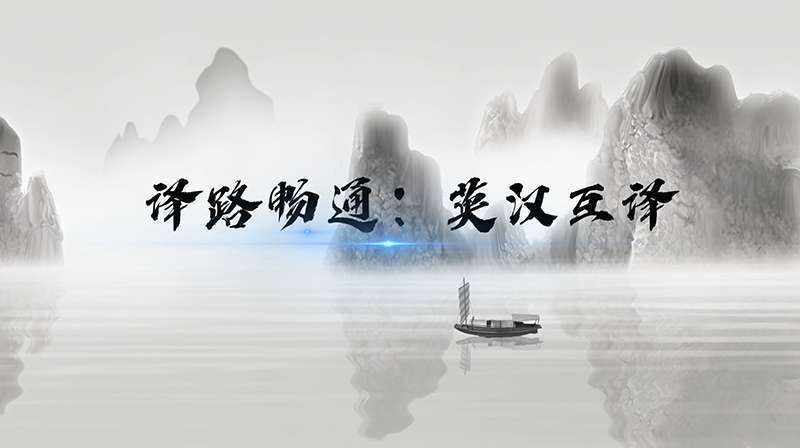第三章单元测试
- 我完全同意。I can't agree with you more. 本句翻译时实现了正说反译。( )
- 原文: An acquaintance of history is helpful to the study of current affairs.译文:熟悉历史有助于研究时事。
本句中运用的主要翻译方法是:( ) - 原文:绝对不许违反这个原则。
译文:No violation of this principle can be tolerated.
对该句子的翻译,该译者采用的主要翻译技巧是______。( ) - 原文:该厂产品的主要特点是工艺精湛,经久耐用。
译文: The products of this factory are chiefly characterized by their fine workmanship and durability.
对于原文中的划线部分,译者采用的主要翻译技巧是______。 ( ) - 下面这句话的翻译运用了哪种翻译技巧?______( )
原文: An increase in the December 2006 passenger volume by 13.3 percent versus the same month last year meant that the total for the full year (19.2 million passengers) was 7.6 percent higher than in 2005.
译文: 2006年12月的旅客人数较前一年同期增加了13.3%, 这说明全年的旅客总数(1920万人)较2005年增加了7.6%。 - 原文:获悉贵国遭受地震,我们极为关切。
译文:We are deeply concerned by the news that your country has been struck by an earthquake.
翻译本句时,译者运用的主要翻译方法是______。( ) - 原文:They enjoy three of the best things in life along the Nile — tea, conversation, and the water pipe.
译文:他们享受着尼罗河沿岸人生中三件最美好的事情——喝茶、聊天和抽水烟。
翻译本句时,译者运用的主要翻译方法是______。 ( ) - 大自然对人的恩赐,无论贫富,一律平等。People,rich or poor, are equally favored by Nature. 本句翻译时使用了主被动语态的转换。( )
- 人们在叙述同一事物或表达同一思想时,可以正说,也可以反说。例如,他是外乡人。他不是本地人。通常情况下,汉译英采用对应译法,即正说正译,反说反译。( )
- 黄鼠狼给鸡拜年,不怀好心。The weasel goes to pay respects to the henwthout the best of intentions. the weasel pays a courtesy visit to the hen with evil intent. 本句话体现了正反转换的翻译方法。( )
A:错 B:对
答案:对
A:具体变抽象 B:省略 C:增词 D:词性转换
A:词类转换 B:从抽象到具体 C:从具体到抽象 D:省略
A:增词 B:词类转换 C:减词 D:分译法
A:省略 B:融合 C:长句拆分 D:增词
A:增词法 B:词类转换法 C:省略法 D:反说正译
A:反说正译 B:省略法 C:词类转换法 D:增词法
A:错 B:对
A:错 B:对
A:对 B:错
温馨提示支付 ¥3.00 元后可查看付费内容,请先翻页预览!
